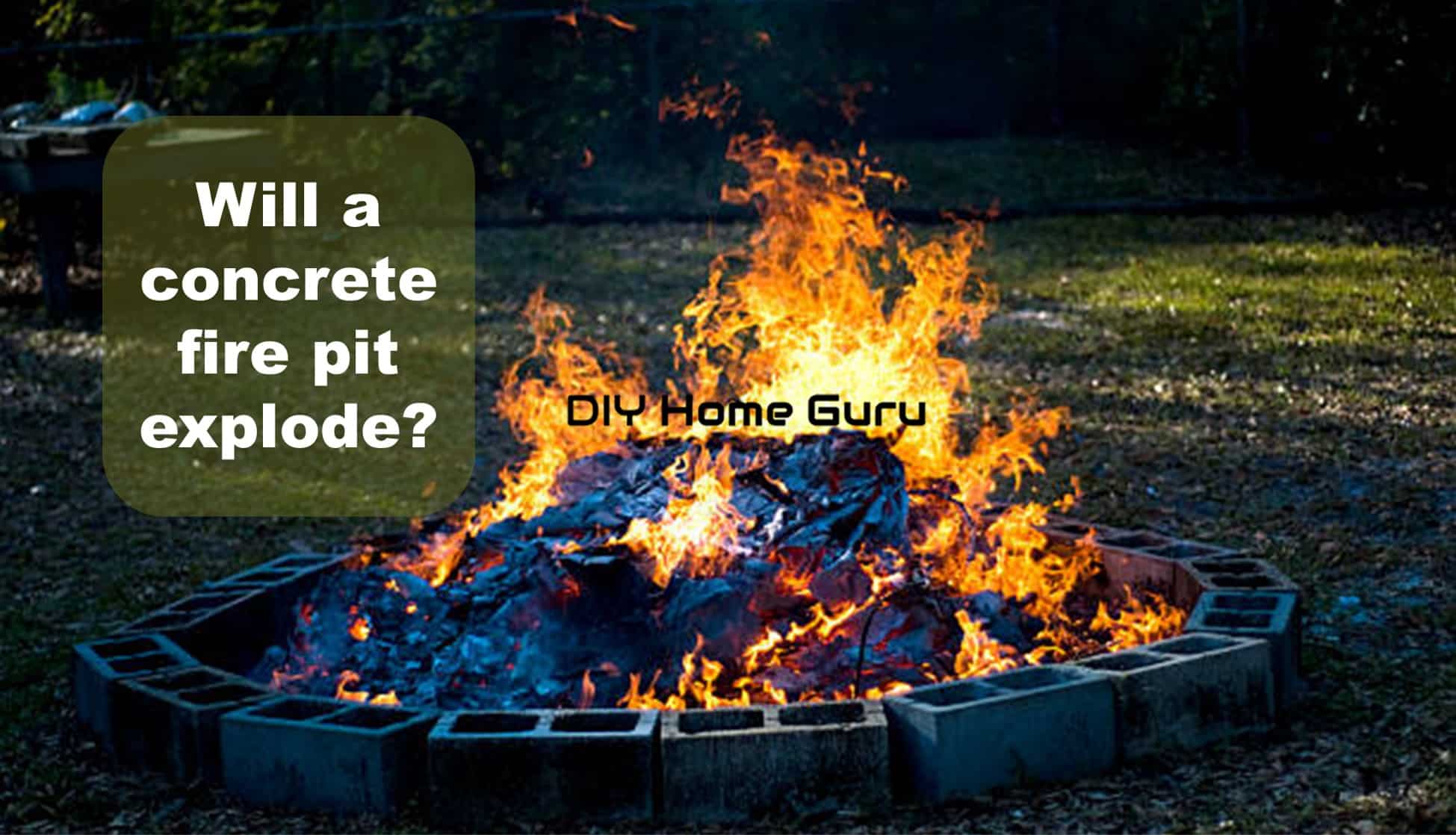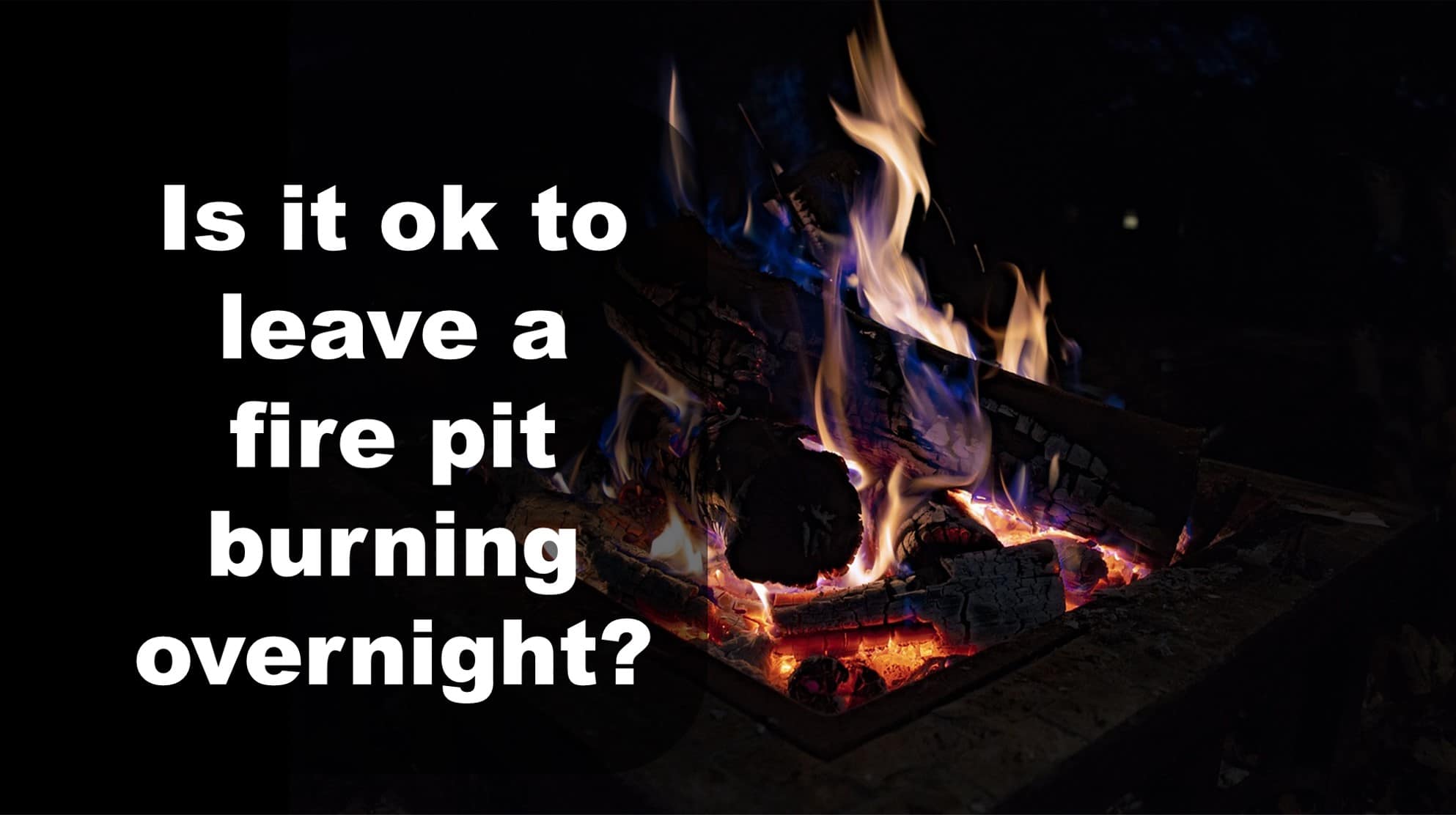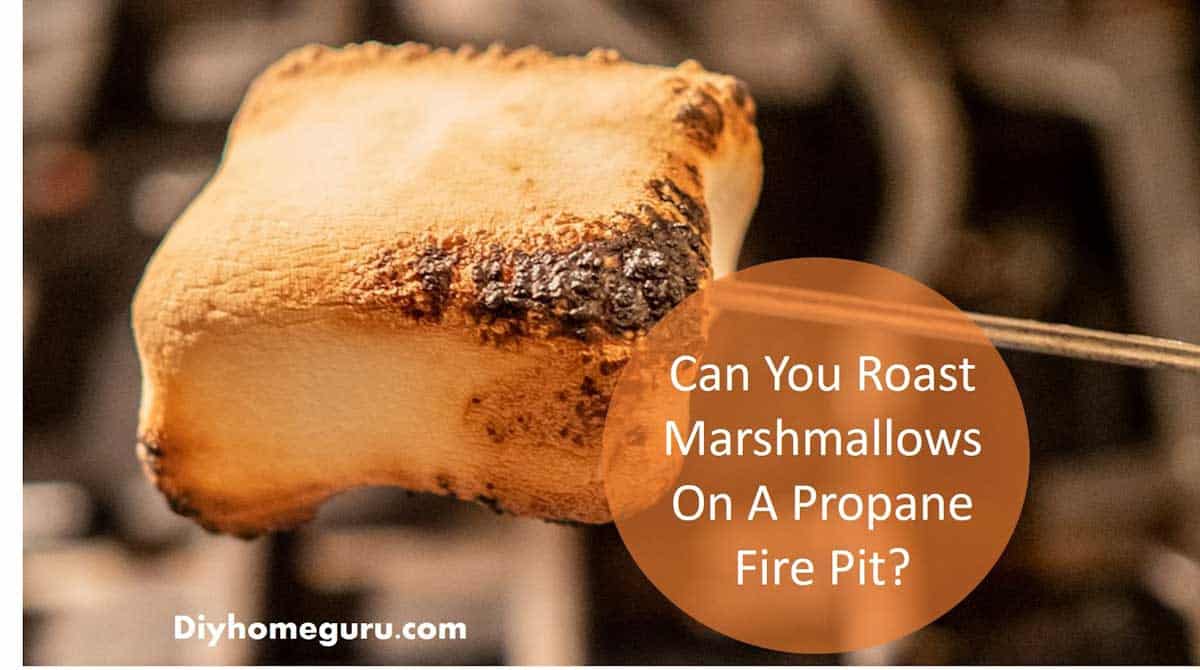A fire pit helps to keep your outdoor space warm, cozy, and serene. However, if you decide to install one on your patio or in your backyard, you need to make sure that the pit is at a safe distance from the house and is not vulnerable to a potential fire hazard – but exactly how far should a fire pit be from the house?
A fire pit should be about 3 metres or ten feet away from nearby structures, such as your house, patios, fences, trees or gazebos. Prior to lighting your fire pit check the local weather reports as gusty weather conditions can blow embers for considerable distances onto those structures thus increasing fire risk.
How Far Should A Fire Pit Be?
The recommended minimum distance between a fire pit and houses or other structures is between 10 and 20 feet. Note that this is the minimum distance – the farther away your fire pit is installed, the lower the chances of a fire-related peril.
Additionally, you must also maintain a 10 to 20 feet distance between your fire pit and any flammable materials such as shrubs or trees.
How to Measure This Distance?
All you need to do is measure a 10-20 feet radius and then imagine a circle around your fire pit. This way, you can make sure that your house and other items are sufficiently distant from the fire.
If you have a porch or an awning, you will want to be extra careful about keeping your home secure from fire hazards. We often underestimate the distance that sparks and flames can cover aerially, so it is important to make sure that not only is your house at a safe distance from the pit, but so are any covers or awnings.
Things That You Must Do Before Building A Fire Pit:
Pick the best and most secure location:
You cannot install a fire pit unless you know where you are going to put it. You should look for a spot at least 10 feet away from the house while still ensuring enjoyment and entertainment.
Make sure that there are no trees and shrubs and that the area directly above where you will light the fire is absolutely clear and free of vegetation. The area around the fire should not contain any flammable objects, and the pit should be installed on level ground.
Learn your city’s safety codes:
This is important since you want to ensure compliance with your city’s fire safety codes. It is best to discuss your fire pit project with the fire department and ensure that the city ordinance has not placed a prohibition on flames.
Decide the type of fire pit:
This is another crucial decision, and one that will be based on personal preferences. If you are looking for leisure and ease, a propane fire pit is the best fit for you, since these fire pits allow you to light up easy and quick fires.
However, if you are looking for bright fires, sumptuous fragrances, and the overall aura and feel, it is better to go with a genuine wood-burning pit. Of course, the type of fire pit you choose might also determine your location (and vice-versa).
Portable or permanent?
If your backyard or patio fire pit is supposed to serve an aesthetic purpose, you would likely want it permanently installed. However, if you are looking to compromise appearance for flexibility and convenience, you can always consider a portable fire pit that you can shift to a different section of your yard, store it for next winter, or even carry it with you when need be.
Select the materials:
If you have chosen a permanent fire pit, brick, concrete, and stone are your most desirable options. On the other hand, metals such as iron and copper are excellent choices for portable pits. You can also get a fire table, which, again, can be either portable or permanent. Some people also like to fill their pits with fire pit glasses or lava rocks.
Pick the perfect size:
You want your fire pit to stand out while simultaneously allowing you to maintain your patio or yard’s flow and structure. Make sure that the fire pit is big enough for a large group gathering.
Select the furniture:
Once you have decided on the location, type, and materials for your fire pit, you can decide on the furniture accordingly. If you are going with a sophisticated pit, you would want your furniture to match that elegance. Bigger pits will naturally need more seating equipment, while elementary but comfortable seating items will be just fine with portable fire pits.
Do not forget about safety:
Safety is the key factor when it comes to home fire pits. Keep a checklist with you that keeps you informed about the wind direction, reminds everyone to not light or relight fires and use any flammable liquids, clothing, or softwoods like cedar and pine, and to keep pets and children at a distance of at least three to four feet from the fire.
Things That You Must NOT Do:
Merely dig a hole in the ground:
You can always grab a few rocks and dig a hole in the ground, but why not go the extra mile? As we mentioned, you want your fire pit to stand out, so it is best to put in a bit of styling and aesthetic effort.
Leave the fire unattended:
To keep the fire from getting beyond control, make sure that someone is monitoring the fire at all times – whenever someone has to move away, they should only do so after making sure that someone else is keeping an eye on the situation.
Start your fire without sufficient firefighting equipment:
Sure, it is a good idea to monitor the fire, but only if you can respond in case of a mishap. Ensure that you have a fire extinguisher, buckets of water and dirt, and a functioning hose with a spray nozzle close to you.
Conclusion
To conclude, a patio or backyard fire is a delightful experience, as long as you cover all safety criteria, starting with building your fire pit at a safe distance from your house.




